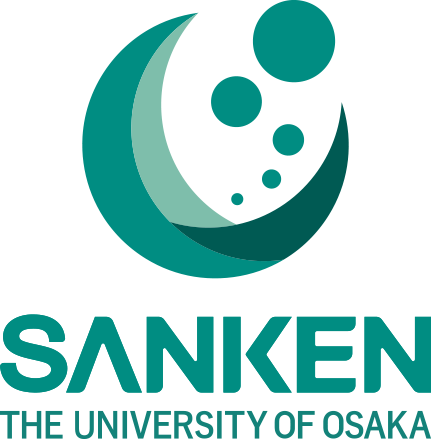Pioneering green chemistry: Light and air combine to build key molecules for future medicines
The University of Osaka researchers unveil a groundbreaking method for producing key chemical bonds using only light, oxygen, and a vanadium catalyst
A research group led by The University of Osaka has achieved a world-first in catalytic asymmetric synthesis, developing an innovative method for efficiently producing NOBIN, a valuable molecule used in pharmaceuticals. Their approach combines a vanadium catalyst, LED light, and oxygen, drastically reducing waste by eliminating byproduct formation common in conventional methods, and establishing a highly sustainable synthetic pathway.
Many modern medicines and functional materials depend on molecules that come in “right-” and “left-handed” forms, known as chiral molecules. Traditionally, making these molecules requires multiple steps and often produces unwanted chemical waste. In the case of NOBIN, previous methods always produced additional unwanted byproducts, reducing efficiency and increasing environmental burden.

The team's innovation lies in cooperatively combining a vanadium catalyst and light. The catalyst selectively converts 2-naphthol into a radical species. Concurrently, LED light under oxygen generates a cationic radical species from 2-naphthylamine via a charge-transfer complex. These two radicals then efficiently couple, exclusively yielding NOBIN derivatives. This allows for an ideal 1:1 input ratio of starting materials and utilizes low-energy LED light, significantly minimizing environmental impact and making the synthesis highly sustainable.
This clean process yields only water as a byproduct, showcasing exceptional environmental compatibility and waste reduction. Activating molecules using light is energy-saving and safe, accelerating next-generation asymmetric synthesis research. Professor Shinobu Takizawa, senior author of the study states, "This achievement opens new avenues in chemical synthesis, with applications anticipated for more complex molecules and drug candidates. Cooperative catalysis, combining light and metal catalysts, embodies a sustainable chemical process. This study is a major step towards creating an environmentally harmonious future society."

More information
Title: Enantioselective Heterocoupling of 2-Naphthylamines with 2-Naphthol Derivatives via Cooperative Photoactivation and Chiral Vanadium(V) Catalysis
Journal: ACS Catalysis
Authors: Duona Fan, Muthu Karuppasamy, Ganesh Tatya Kamble, Kaori Ando, Dayang Zhou, Mohamed S. H. Salem, Hiroaki Sasai, Shinobu Takizawa
DOI: 10.1021/acscatal.5c05038
Funded by:
Japan Society for the Promotion of Science
Ministry of Education, Culture, Sports, Science and Technology
Japan Science and Technology Agency
Article publication date: 17-OCT-2025
Reference URL
Department of Data-Driven Synthetic Organic Chemistry for Medicinal and Material Applications (Takizawa Lab.)
https://www.sanken.osaka-u.ac.jp/en/organization/srp/srp04.html

